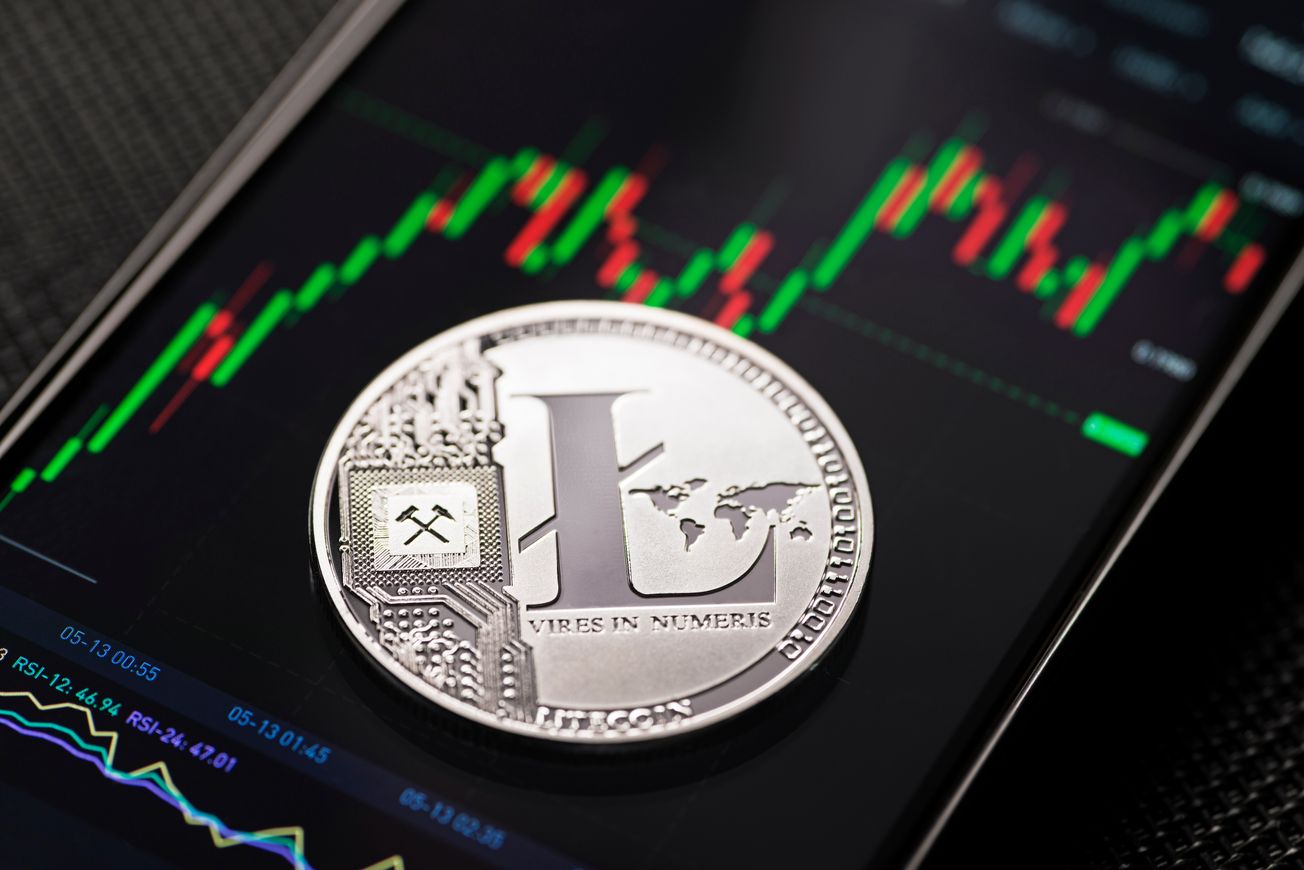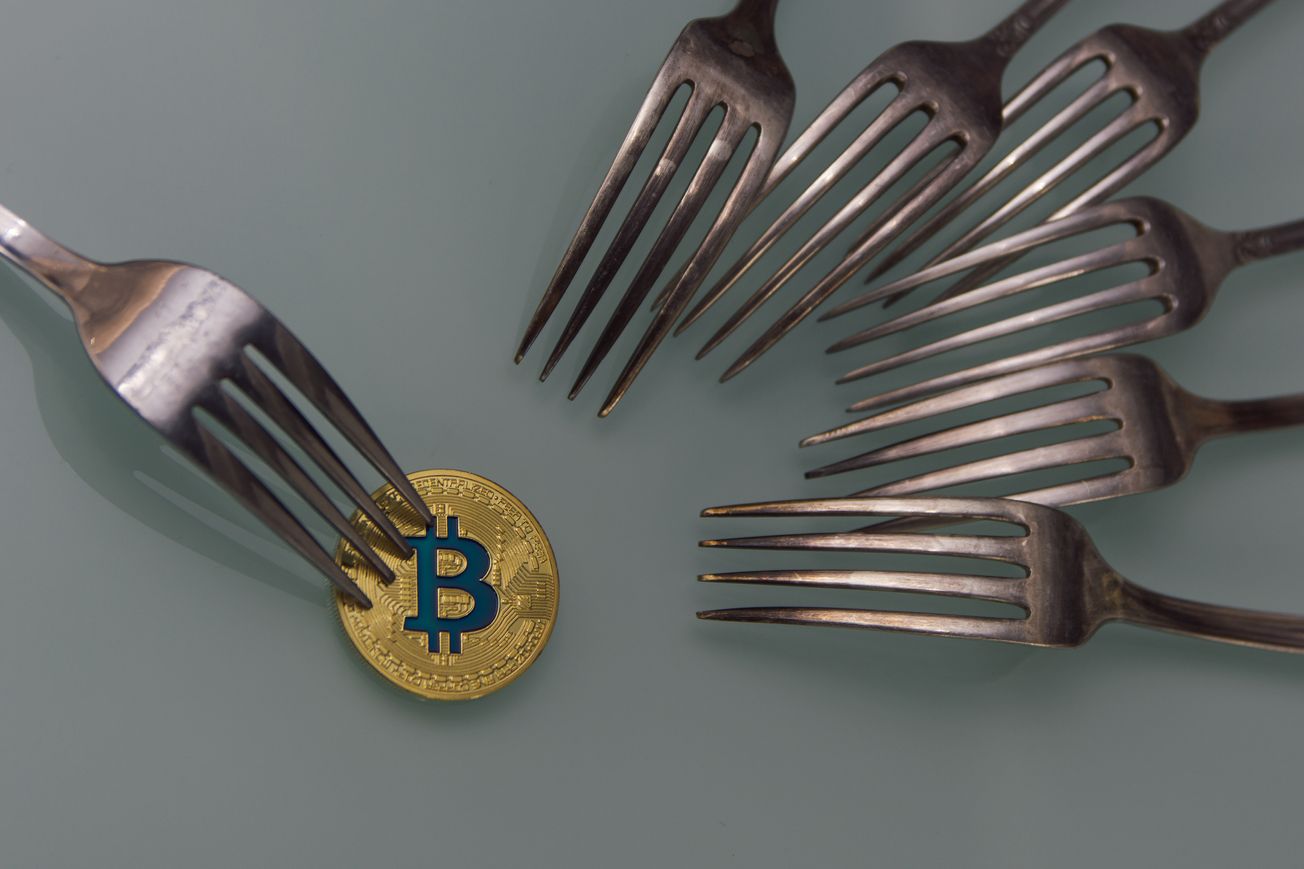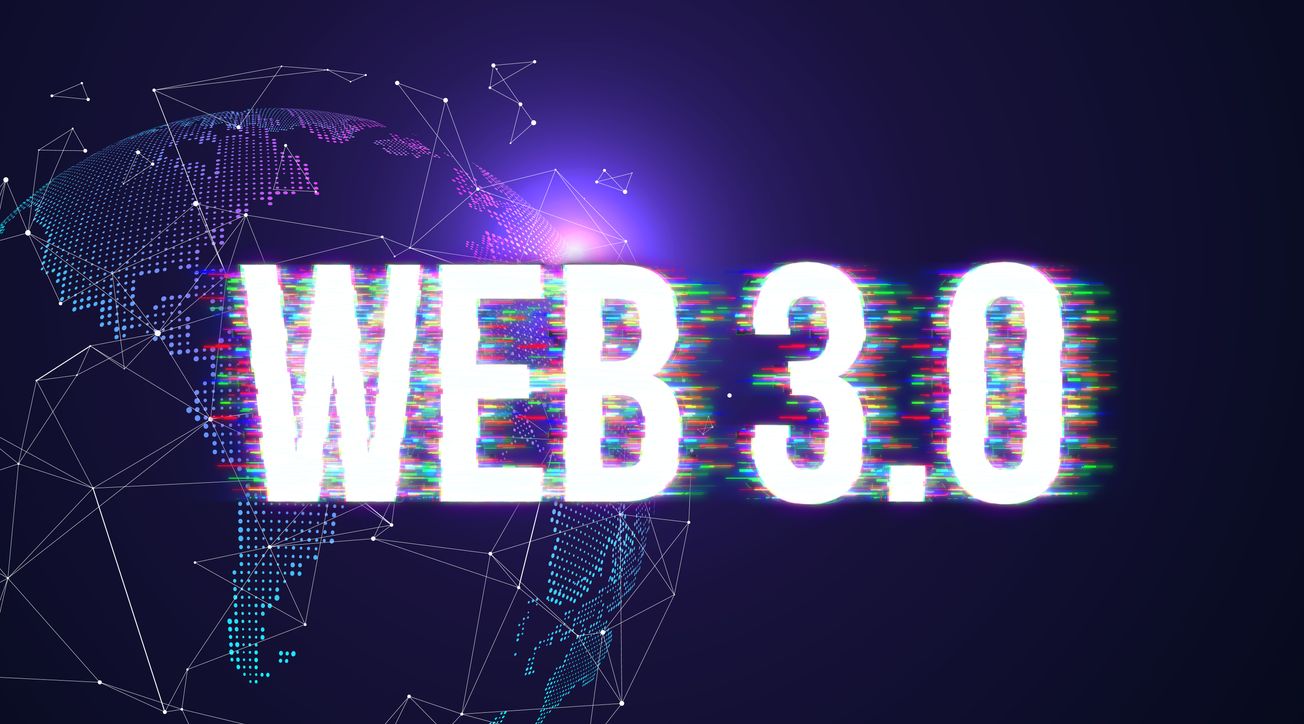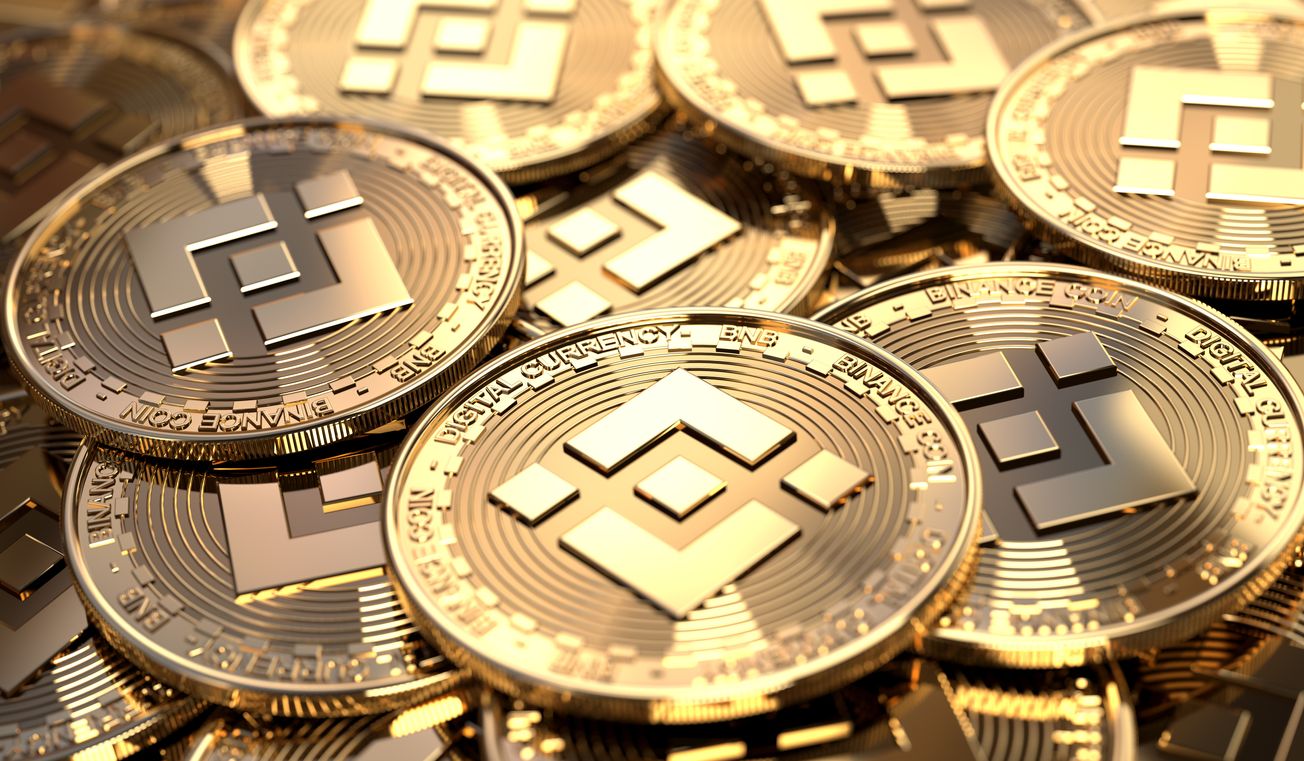Bitcoin's (BTC) launch in 2009 has inspired many cryptocurrency projects. Some of these alternative coins - commonly known as 'altcoins' - seek to fulfil a similar goal as Bitcoin by acting as electronic money.
Litecoin shares some commonalities with Bitcoin, but it is a distinct cryptocurrency with unique features. Let's review the history of Litecoin, how it differs from Bitcoin, and why it continues to be popular today.
What is Litecoin?
Litecoin is one of the earliest and most enduring cryptocurrencies with a similar goal to Bitcoin. Litecoin launched in 2011, two years after the creation of Bitcoin. This early launch date sets Litecoin apart from many other cryptocurrencies. The crypto space was still in its infancy at the time, allowing Litecoin to mature alongside Bitcoin.
Litecoin began as a 'fork' of Bitcoin - it relied on much of the same code which makes Bitcoin run. Charlie Lee, the creator of Litecoin, was working as a Google engineer at the time. Lee quit his job to work full time on Litecoin, and the project continued to attract more developers to work on new features. Gradually, Litecoin became more and more distinct from Bitcoin, and today it has a tight-knit community of contributors and fans.
Why was Litecoin created?
Satoshi Nakamoto - Bitcoin's pseudonymous creator - envisioned Bitcoin as "electronic cash" for everyday transactions. However, Bitcoin experienced growing pains as it grew. As increasing numbers of people joined the Bitcoin network in 2011, a 'bottleneck' was forming.
Bitcoin could process very few transactions per second, and users were competing for these limited spots by paying more and more in fees. The waiting time for a Bitcoin transaction to confirm on the network was also too slow for quick purchases. Transactions could take multiple hours to clear. Unless Bitcoin changed dramatically, it couldn't support everyday transactions like buying a cup of coffee.
Additionally, Bitcoin mining was becoming increasingly expensive and out-of-reach for the average Bitcoin user. Expensive, custom-built mining rigs were becoming more prevalent. These 'ASIC' miners could mine Bitcoin many times faster than consumer hardware. Bitcoin mining risked falling into the hands of a select few who had control over the network.
Many early adopters of Bitcoin saw these developments as problematic. They had hoped that Bitcoin would be easily mined and used by anyone. Lee was one such early adopter and witnessed Bitcoin's problems as it scaled.
How is Litecoin different from Bitcoin?
When Lee launched Litecoin he dubbed it "the lite version of Bitcoin". Much like Litecoin's name suggests, it aspired to be a lightweight Bitcoin able to support more users.
Litecoin shares numerous core features with Bitcoin. It uses a blockchain to store the history of network transactions. It is decentralised with no single actor controlling the network. Like Bitcoin, Litecoin's open-source code can be scrutinized by community members for security.
Litecoin is also 'mined' like Bitcoin: miners are rewarded LTC for securing the network. Similarly to Bitcoin, this reward is cut in half on a fixed schedule. This means that the inflation of Litecoin's supply will taper off over time as the network matures.
However, Litecoin also has some selling points that separate it from Bitcoin. One way Litecoin is different from Bitcoin is its supply limit - the maximum number of coins that can exist. Whereas Bitcoin has a limit of 21 million BTC, Litecoin has a limit of 84 million LTC. Litecoin's higher supply limit means there is more LTC in circulation.
One of Litecoin's core goals at launch was to be "lighter" than Bitcoin. The lightweight hardware requirements of Litecoin make it easier for miners to generate 'blocks'. Blocks are the individual pieces that make up the blockchain. Each block contains a list of new transactions on the network, and newly generated blocks are added to the end of the blockchain to update Litecoin's transaction history.
Both Litecoin and Bitcoin rely on blocks, but new blocks are created faster on the Litecoin network. Whereas Bitcoin blocks are generated roughly every 10 minutes, a new Litecoin block is generated approximately every 2 and a half minutes. This higher rate of block creation allows more transactions in a given timeframe than on the Bitcoin network. As such, Litecoin can support significantly more transactions per second than Bitcoin. You can expect a Litecoin transaction to be cheaper and faster than a transaction on Bitcoin - which is appealing to those making small payments.
Litecoin also launched using a different mining algorithm. Bitcoin had suffered from some centralisation due to its mining algorithm being difficult to run on home computers. As Bitcoin grew, heavy-duty ASIC miners took over the network. Litecoin's 'Scrypt' mining algorithm is impractical for use on ASIC miners and makes the network resistant to custom-built hardware attacks. The average Litecoin user could now participate in the network without investing in an expensive mining rig.
Litecoin Today
During the first few years after its launch, Litecoin appeared very competitive against Bitcoin. Rather than replacing Bitcoin outright, Litecoin garnered a reputation as a potential "digital silver" where Bitcoin served as "digital gold". Much like silver's historical use as money alongside gold, the rationale was that Litecoin would be easier to transact with on an everyday basis. This appeared to be the case, and Litecoin was the most widely-used altcoin for a long time.
However, Litecoin's market dominance has since slipped. New Bitcoin features like 'SegWit' have chipped away at the scalability issues faced by Bitcoin. Second-layer networks such as the Lightning Network also provide more throughput for Bitcoin and other cryptocurrencies. These developments have been understood by the market as having reduced the need for a "digital silver", and Litecoin's growth has slowed.
But Litecoin is by no means dead - it maintains a sizeable following and is supported on many devices and networks. Litecoin also has a long history without any big hacks or disruptions. It is widely available on cryptocurrency exchanges, and merchants that accept Bitcoin can also accept Litecoin without further setup costs due to their similarities. Hardware wallets such as Trezor and Ledger support Litecoin natively, and Litecoin wallet software is available for computers and smartphones.
Litecoin continues to add new features, and these have helped it separate itself from the now-crowded group of Bitcoin competitors. The development of optional privacy features on Litecoin allows transactions to be hidden for anonymity. This could attract new users to Litecoin as a widely supported and well-known coin with privacy capabilities beyond Bitcoin.
Today Litecoin remains one of the few major cryptocurrencies envisioned solely as a form of digital money. Unlike other cryptocurrency projects such as Ethereum or Solana, Litecoin was designed to be used as money first and foremost. Litecoin enjoys a firm reputation in the crypto world as the first "big" altcoin and one of the few early coins to stick around until today.






